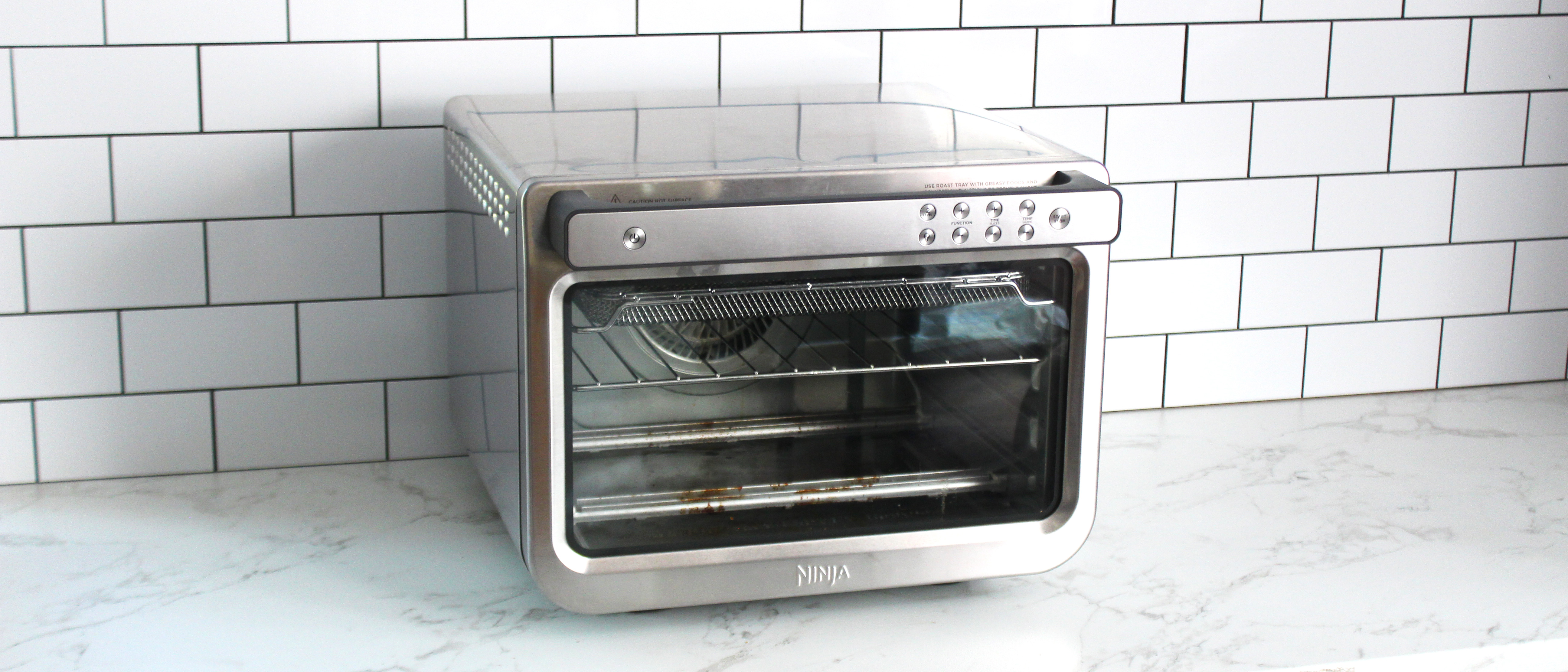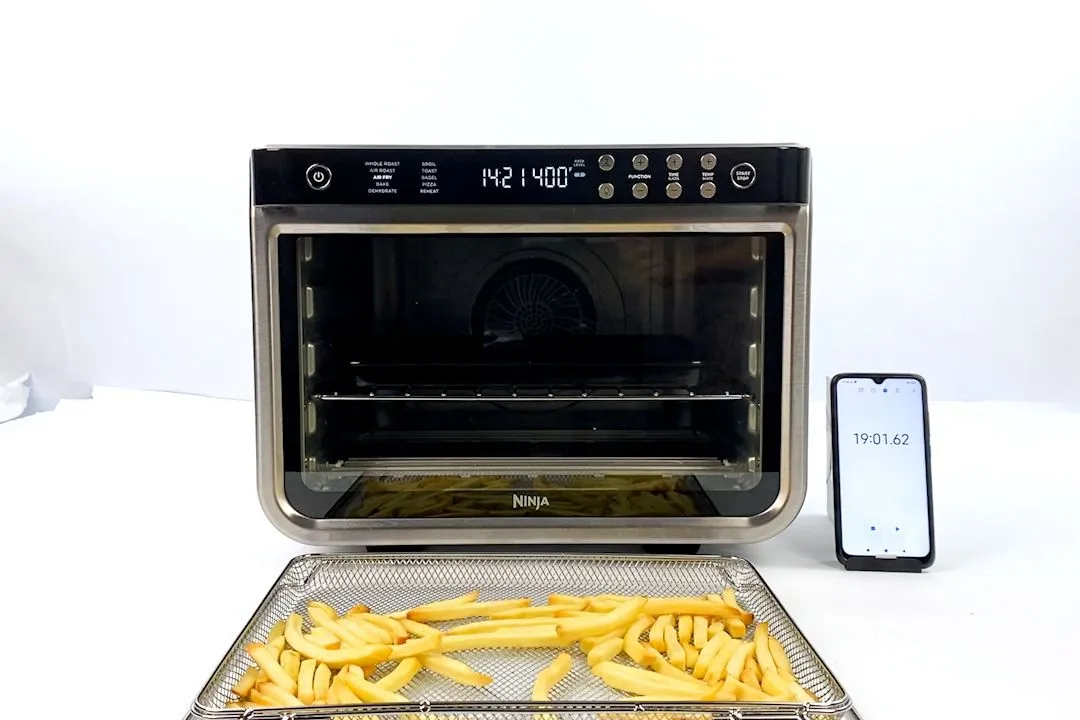It’s a question that’s probably crossed your mind on a busy morning, staring at a thick slice of sourdough or a piece of bread you plan to load with cheese. You wonder, Can You Toast Bread On Its Side in a standard pop-up toaster? It seems like a clever hack, a way to get around the narrow slots and achieve a specific kind of toasty perfection. As the Senior Brand and Product Expert here at “The Toaster World,” I’ve heard this question countless times, and I’m here to dive deep into it. The short answer is a bit more complicated than a simple yes or no, but stick with me, and we’ll unpack the mechanics, the risks, and the much better ways to get the job done.
The Big Question: Is Toasting Bread Sideways a Good Idea?
Let’s get straight to the point. While you technically can lay a slice of bread on its side inside some wider-slot toasters, it is a practice that is strongly discouraged by manufacturers and safety experts alike. It might seem harmless, but doing so turns your reliable breakfast companion into a potential kitchen hazard.
The core issue lies in the design of a pop-up toaster. These devices are engineered with precision for a very specific task: to hold slices of bread vertically and evenly between two sets of heating elements. When you change that fundamental orientation, you throw the whole system out of whack.
The Number One Concern: Fire Hazard
The most significant danger of toasting bread on its side is the risk of fire. Here’s how it happens:
- Crumbs are the Enemy: Your toaster’s crumb tray exists for a reason. When bread is vertical, crumbs fall straight down into this tray. When you lay bread flat, crumbs, bits of cheese, or sugary toppings can fall directly onto the red-hot heating elements. These elements, often made of a nichrome alloy, can reach temperatures well over 1,000°F (about 540°C). A crumb landing on that surface can ignite almost instantly.
- Melting and Dripping: If you’re trying this trick to melt cheese or butter, the situation becomes even more perilous. Dripping grease and cheese are highly flammable. A small fire inside a toaster can quickly become unmanageable.
- Blocked Ventilation: A sideways slice of bread can also block the airflow within the toaster, causing it to overheat and increasing the risk of the internal components catching fire.
Expert Insight from Dr. Eleanor Vance, Home Appliance Safety Analyst:
“The pop-up toaster is a beautifully simple machine designed for vertical operation. Altering that, especially by laying bread flat, fundamentally bypasses its safety design. It’s akin to using a hairdryer underwater; the appliance simply isn’t built for that context, and the risks, primarily fire, are substantial.”
Performance Problems: The Quest for the Perfect Toast
Even if you manage to avoid a fire, the results of your sideways toasting experiment will likely be disappointing. A perfect slice of toast is all about even heat distribution.
- Uneven Browning: Toasters use radiant heat. When a slice is vertical, it receives relatively even heat on both sides. When laid flat, one side is extremely close to a heating element while the other is far away. The result? One side is burnt to a crisp while the other remains pale and doughy.
- The “Soggy Middle” Effect: The intense heat on the bottom can char the bread before the heat has a chance to penetrate and warm the entire slice, leaving you with a burnt bottom and a lukewarm, soggy top.

Mechanical Mayhem: Getting Jammed
Pop-up toasters have a carriage mechanism designed to grip the edges of a vertical slice and lift it when the toasting cycle is complete. A sideways slice of bread doesn’t fit into this system properly. It can easily shift during the toasting process, becoming wedged inside the toaster. Trying to retrieve a stuck piece of toast can lead to two more problems:
- Damaging the Toaster: Prying out a jammed slice can damage the delicate heating elements or the pop-up mechanism.
- Personal Injury: The cardinal sin of toaster use is sticking a metal utensil, like a fork or knife, into the slots. This poses a serious risk of electric shock. If you find your bread is stuck, always unplug the toaster completely before attempting to remove it.
Safer and More Effective Alternatives
So, if the answer to can you toast bread on its side is a resounding “please don’t,” what are your options for those thick slices or cheesy creations? Fear not, the world of toasting is vast and full of wonderful, safe solutions.
1. The Toaster Oven: The Ultimate All-Rounder
The toaster oven is the undisputed champion for anything a standard pop-up toaster can’t handle. It’s essentially a small, countertop oven.
- How it Works: You place your bread on a rack, and heating elements above and below provide even heat. It’s perfect for melting cheese, toasting artisan bread, warming pastries, or even reheating a slice of pizza.
- Why it’s Better: It’s designed for horizontal cooking. You get even browning, perfect melting, and zero risk of the fire hazards associated with misusing a pop-up toaster. It offers far more control and versatility.
2. Use Your Oven’s Broiler
Don’t have a toaster oven? No problem. The broiler in your conventional oven is a fantastic tool for the job.
- Position the Rack: Move an oven rack to the highest or second-highest position.
- Preheat the Broiler: Turn your broiler on and let it get hot.
- Watch it Closely: Place your bread (with or without toppings) on a baking sheet and slide it under the broiler. Do not walk away! A broiler works incredibly fast, and your bread can go from perfectly toasted to a blackened crisp in under a minute.
- Flip if Necessary: For plain toast, you’ll need to flip it to brown the other side. For cheese on toast, you only need to toast the top.
3. Invest in a Better Toaster
If you frequently find yourself battling with bread that’s too thick, the problem might be your toaster, not your technique. Modern toasters have evolved significantly.
- Long-Slot Toasters: These are designed specifically for non-standard bread shapes, like long slices of sourdough or rye. You can find excellent options in our guide to the best long-slot toasters here.
- Wide-Slot Toasters: Many toasters now come with extra-wide slots (often 1.5 inches or more) to accommodate thick-cut bread, bagels, and English muffins without any trouble.
- The “Bagel” Setting: This feature is a game-changer. It typically toasts the cut side of the bagel more intensely while gently warming the rounded back. It’s a perfect example of how toasters are designed for specific, vertical applications.
Frequently Asked Questions (FAQ)
Here are some other common questions we get that touch upon creative (and sometimes risky) toaster use.
Q1: What should I do if my bread is too thick for my toaster?
A: Your safest and most effective option is to use a toaster oven or the broiler setting in your main oven. This will give you an even toast without the risk of jamming or fire associated with forcing it into a pop-up toaster.
Q2: Can you put buttered bread in a toaster?
A: No, you should never put buttered bread in a pop-up toaster. The butter will melt and drip onto the hot heating elements, creating smoke and a serious fire hazard. Butter your toast after it comes out of the toaster.
Q3: Is it really that dangerous to use a fork to get stuck toast out?
A: Yes, it is extremely dangerous. Even if the toaster has popped up, the internal components can still be live. Sticking a metal object inside can cause a severe electric shock. Always unplug the device from the wall before attempting to retrieve anything.
Q4: How can I clean my toaster to reduce fire risk?
A: Unplug your toaster and make sure it’s cool. Slide out the crumb tray, empty it, and wipe it clean. Then, turn the toaster upside down over a sink or trash can and gently shake out any remaining loose crumbs. Do this regularly, at least once a week if you use it daily. You can learn more about cleaning your toaster properly in our detailed guide.
Q5: Why is toasting bread on its side so risky if toaster ovens are safe?
A: It’s all about design and intention. A toaster oven is built with a horizontal rack and a safe distance between the food and the heating elements, with proper ventilation. A pop-up toaster’s vertical design places crumbs and drips in direct, dangerous contact with its exposed, high-temperature elements.
Final Thoughts: Toast Smarter, Not Harder
While the impulse to find a quick kitchen hack is understandable, the answer to can you toast bread on its side is a firm “no” from a safety and quality standpoint. The risks of fire, uneven results, and damage to your appliance far outweigh any perceived convenience.
The beauty of a perfect slice of toast lies in its simplicity and reliability, and that comes from using the right tool for the job. Embrace the versatility of a toaster oven, master your oven’s broiler, or consider upgrading to a toaster designed for the artisan breads you love. Your taste buds—and your smoke alarm—will thank you for it.
